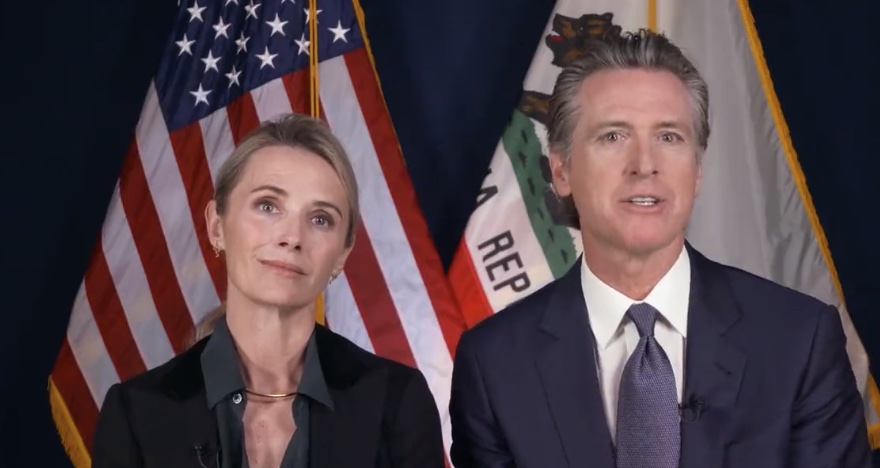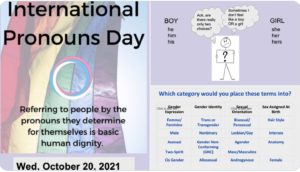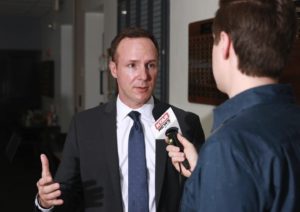Gov. Gavin Newsom plans to spend billions to transform California schools into hubs for community social services
(The Center Square) – California Governor Gavin Newsom would like to see one out of every three schools in California become a community school. Community schools not only provide the academic…

(The Center Square) – California Governor Gavin Newsom would like to see one out of every three schools in California become a community school. Community schools not only provide the academic instruction essential for education, but also comprehensive health care, meals, counseling, tutoring and social services.
To this end, the governor announced a $4.1 billion investment toward the transformation.
“Community schools build on California’s commitment to giving ALL children the best start in life and providing families with the resources they need to thrive,” First Lady Siebel Newsom stated.
“California is creating schools where every student and their families can thrive. If a kid goes to school hungry, it makes it difficult to learn,” Newsom said.
In 2021 Encina High School and Greer Elementary School in Sacramento, two schools occupying one campus, was awarded $1 million to transform the institutions into a more community oriented place, providing tutoring before and after school, peer mentoring programs, trauma-informed mental health supports, mobile health care for families, and English classes for adults in the surrounding community.
Governor Gavin Newsom, First Lady Jennifer Siebel Newsom, and Assembly members Kevin McCarty (D-Sacramento) and Al Muratsuchi (D-Torrance) visited the schools on Feb. 16.
First Lady Siebel Newsom stated, “Community schools are both a haven for learning and a community hub with resources and support that allow us to nurture children in mind, body, and spirit. These schools take a holistic approach to education by offering students and families a variety of services that meet the needs of the community, such as free meals twice a day, physical health screenings and mental health counseling, free before, after, and summer school programs, transitional kindergarten, and more.”
The Newsoms and Assembly members Kevin McCarty (D-Sacramento) and Al Muratsuchi (D-Torrance) toured the schools and met with students who have been impacted by the school’s various community school programs funded by the million dollar award.
“We’ve implemented free school meals for all of California’s kids, including those here at Greer Elementary and Encina High School. As education remains under assault in states across the U.S. – from book bans and speech suppression, to the othering of our students, parents and teachers – we are improving student learning, health and wellbeing by providing full-service schools for our students and their families,” Newsom said.
But that’s only part of the picture, in a survey on the “Purpose of Education” conducted by Populace Insights the group noted: “Recognizing that Americans want to see changes in the K-12 education system is only part of the story. Understanding what the public wants from the education system is of critical importance to identifying what those changes should be.”
The survey showed consistently from 2020-2022 the top two priorities for Americans in education remained the same: (1) Students develop practical skills (e.g. manage personal finances, prepare a meal, make an appointment) and (2) Students are able to think critically to problem solve and make decisions. A notable exception to this would be among blacks who prioritized understanding how to participate in a democracy over practical skills and career preparation, indicating a one-size doesn’t fit all.
Overall, Americans want students who can think for themselves, a practical education and individualized education. Americans want change. The majority (71%) believe more things about the system should change (not improve) rather than stay the same, with almost a quarter (21%) who would like to see nearly everything in the system change.
“In other words, Americans prioritize an adaptive, individualized education that stands in stark contrast to an education system designed to offer the same type of support system and the same amount of time to learn a new concept or skill.”
Before Covid, preparation for college was seen as a top priority but this is no longer in the top half of priorities.
Even so, the Newsom administration will be pouring more dollars into transforming education in California with
-
Universal Pre-K and Extended Day Learning by 2025;
-
Universal Free meals regardless of income status;
-
Youth Behavioral Health up to 25 years with billions invested to integrate mental health services with schools;
-
College savings accounts in the amounts of $500 to $1500 for every low-income public school student;
-
Increased Instructional time with an $8 billion investment in tutoring to help students recover learning loss from the pandemic and more educators i.e. teachers, counselors, paraeducators with an annual $1.1 billion budget to lower staff-to-student ratios and hire up to 5 more staff in high poverty schools.



